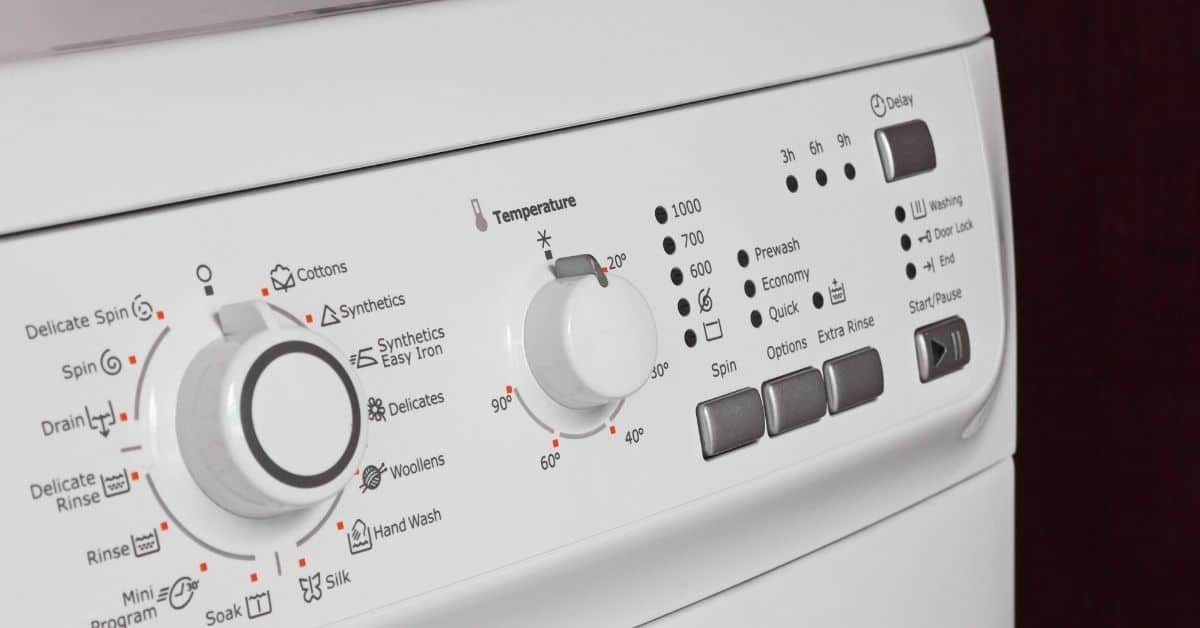
A washing machine timer is a device used to time how long your washing machine will run for either by setting it to a specific number of minutes or by programming the number of rotations you would like the machine to go through.
To understand how your washing machine timer works, let us take a brief look at how a washing machine works in general.
A washing machine is basically a large drum which rotates on an axle while washing and rinsing your clothes with water. A timer will work by using either a small motor to turn the axle manually or more commonly it will use electromagnetic coils to send electric currents through the axle making it turn.
Table of Contents
How to use a washing machine timer?
While you can program most washing machine timers to do certain tasks automatically, some people prefer the old fashion “set and forget” method of using a timer.
To set a manual washing machine timer, simply turn it counterclockwise to your desired minutes and press start. Your washing machine will now run for that number of minutes before stopping on its own.
To set a washing machine timer on most machines, you will need to enter the special programming mode. This is usually done by pressing and holding the start or power button while turning the timer knob until the desired function or program appears on the screen. From here, you can either use the arrow buttons to change the time or set it to run automatically.
What are the benefits of using a washing machine timer?
There are a few benefits to using a washing machine timer.
It can help you save money on your energy bill by ensuring that your washing machine isn’t running for longer than necessary. It can also help to prevent overloading your washing machine which can lead to damages and shorter machine lifespans.
Most importantly, using a washing machine timer can help preserve the lifespan of your clothes by preventing them from being over-spun during the rinsing process which can cause damage.
Ways to save time with your washing machine by using the timer properly
- Use the timer to set the machine for the shortest possible wash time that will still clean your clothes effectively.
- For heavily soiled loads, you may need to add an extra rinse cycle to ensure all the dirt and grime is removed.
- If you have a large load of laundry, try using the bulky or extra-large load setting on your machine which will help the clothes to rotate more slowly and prevent them from being over-spun.
- For delicate items or fabrics use the timer to set a wash cycle with a lower water level to prevent them from being damaged in the washing machine.
Conclusion
Hopefully, this article has provided you with the resources necessary to understand how washing machine timers work. If you are still having trouble, consult your user manual or contact an appliance service near you. Using a washing machine timer can be a great way to save time and money.